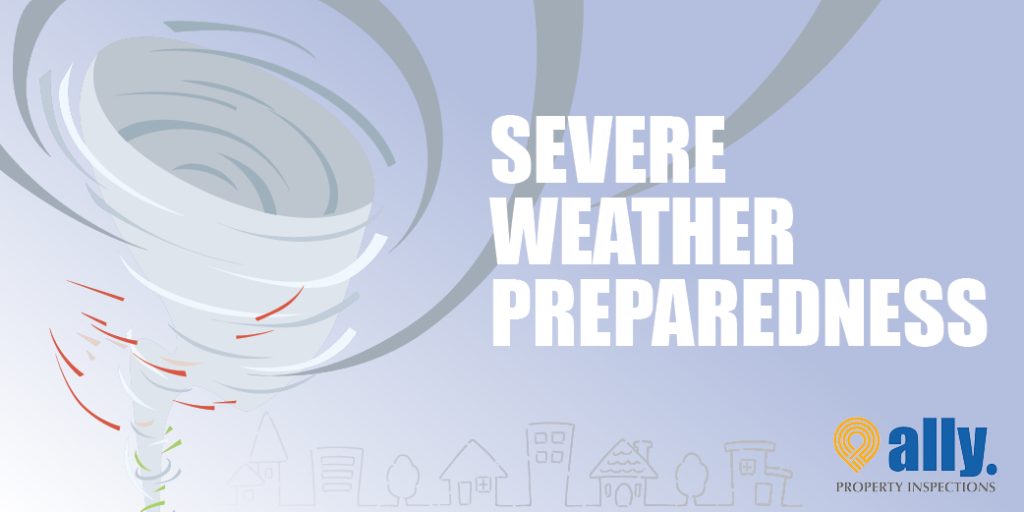Severe weather can happen anytime—and here in the South, it happens frequently. In the last few months we have seen hazardous conditions produced by thunderstorms, including damaging winds, tornadoes, large hail, flooding and flash flooding in Alabama and Georgia. Here are some steps you can take to be as prepared as possible when tornadoes strike.
Tornadoes
Tornadoes are violently rotating columns of air that extend from a thunderstorm to the groud. Tornadoes can destroy buildings, flip cars and create deadly flying debris. A tornado can happen anytime, anywhere, with intense winds over 200 miles per hour.
If you are under a tornado or severe weather warning:
- Visit NOAA Weather Radio and your local news or official social media accounts for updated emergency information. Follow the instructions of state, local and tribal officials.
- Seek safe shelter immediately, such as a safe room, basement, storm cellar or small interior room on the lowest level of a sturdy building.
- Stay away from windows, doors and outside walls.
- Do not go under an overpass or bridge. You’re safer in a low, flat location.
- Watch out for flying debris that can cause injury or death.
- Use your arms to protect your head and neck.
- If you can’t stay at home, make plans to go to a public shelter.
Preparing for a Tornado
- The Southeast has a greater risk for tornadoes, so be aware of that.
- Know the signs of a tornado, including a rotating, funnel-shaped cloud, an approaching cloud of debris or a loud roar like a freight train.
- Sign up for your community’s warning system. The Emergency Alert System (EAS) and NOAA Weather Radio also provide emergency alerts. If your community has sirens. Then become familiar with the warning tone.
- Pay attention to weather reports. Meteorologists can predict when conditions might be right for a tornado.
- Identify and practice going to a safe shelter, such as a storm shelter of a small, interior, windowless room on the lowest level of a sturdy building.
- Consider overlapping hazards such as COVID-19 before going to a public disaster shelter and follow the CDC’s guidelines.
- Plan for your pet. Pets are an important part of your family, so include them in your family’s emergency plan.
- Prepare for a long-term stay at home or sheltering in place by gathering emergency supplies, cleaning supplies, non-perishable foods, water, medical supplies and medication.
Staying Safe During a Tornado
-
- Immediately go to a safe location that you have identified.
- Listen to NOAA Weather Radio or local alerting systems for current emergency information and instructions.
- Do not try to outrun a tornado in a vehicle. If you are in a car or outdoors and cannot get to a building, cover your head and neck with your arms and cover your body with a coat or blanket, if possible.


